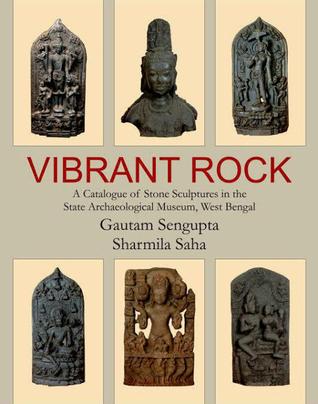The first-ever catalogue of stone sculptures collected from different parts of West Bengal, Bihar, and parts of Bangladesh belonging to Brahmanical, Buddhist, and Jain pantheon has been published by Directorate of Archaeology and Museum, Department of Information and Cultural Affairs, Government of West Bengal.
Archaeologists say the first-ever catalogue of historical stone sculptures in the region titled Vibrant Rock contains a comprehensive details of 444 stone sculptures housed in the State Archaeological Museum at Behala in the southern parts of the city, dated between the sixth and 19th century AD.
Most of the stone sculptures belong to Pala-Sena period. However, the unique piece highlighted in this catalogue is a sculpture dating to the 19th century: the specimen is a stone plaque depicting in six different panels the story of birth of Lord Krishna. In each of the panels, there are depictions of the parturition rooms (labour room) in the palaces of Kansa and Nanda. The plaque is accompanied with an inscription in Sanskrit.
Another talked about is the image of Surya, discovered from Mahisantosh in Naogaon district of Bangladesh. The exquisitely sculpted piece of the ninth century is from the time of Pala King Mahendrapala.
“Through Vibrant Rock we have tried to introduce a major collection of sculptures of the region in form of a catalogue. The book offers not only iconography and stylistic affiliation of the sculptures but also an array of information about find spots, modes of acquisition, rock type, and inscriptional detail,” Guatam Sengupta, former director general of Archaeological Survey of India (ASI) and author of the book, said.
The book also deals with a wide range of rocks used in making these historical sculptures such as coarse-grained granite gneiss, ultramafic rock, ballast, chlorite schist, mica, and sandstone.
Sharmila Saha, the co-author of the book, said that an analysis of the sculptures provided in the book will prove useful to identify the influence of regional schools of aesthetics on the broad South Asian Art.
“Not only academicians like archaeologists and historians but laymen interested in ancient Indian heritage are laying their hands on the books,” Rajat Sanyal, an archaeologist of University of Calcutta, said.
source: http://www.thehindu.com / The Hindu / Home> News> Cities> Kolkata / by Shiv Sahay Singh / Kolkata – July 20th, 2014
